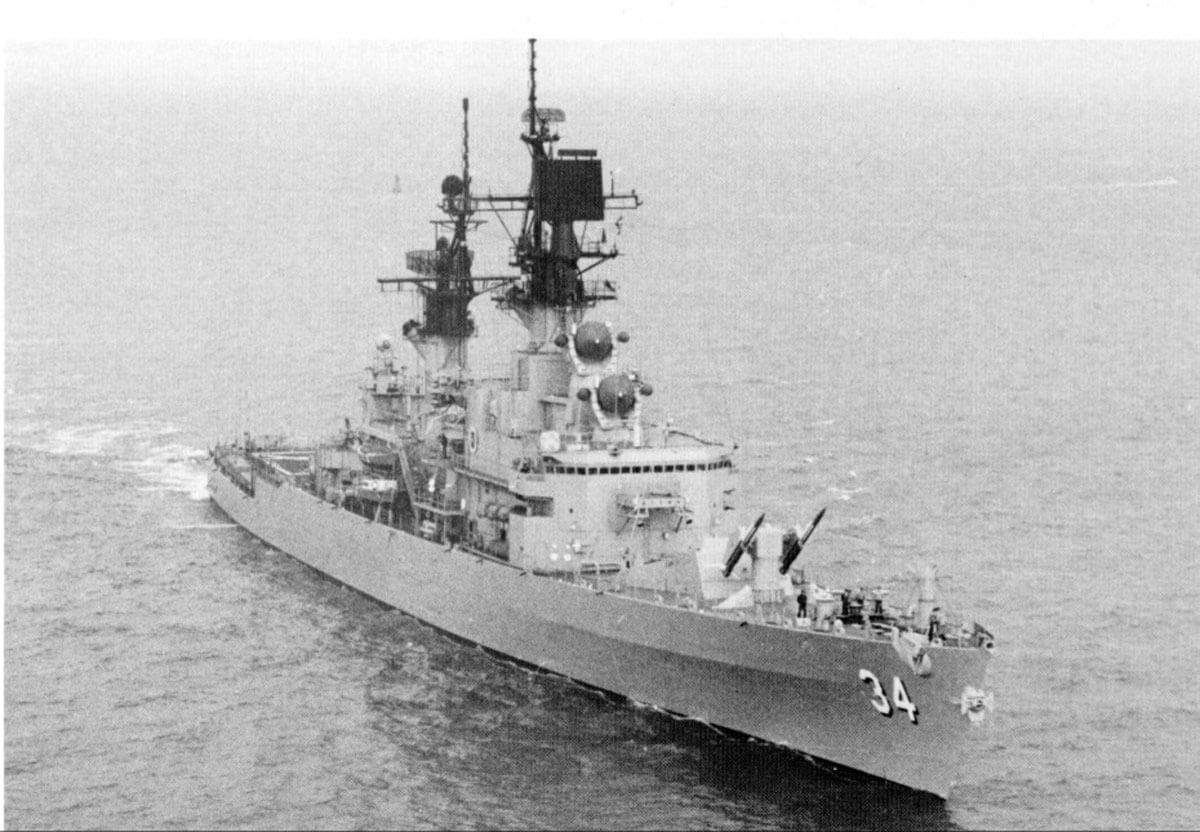Asbestos Exposure on the USS Biddle

Hull Number: DD-151
Type: Destroyer
Class: Wickes
Built: Philadelphia, PA
William Cramp & Sons built this Wickes-class Destroyer at their Philadelphia, PA shipyard during and just following the end of World War I. It measured just over 314 feet in length, and carried a complement of 159 officers and enlisted men.
The ship was commissioned by the U.S. Navy in April of 1919, and patrolled the east coast as a member of the Atlantic Fleet for its first years at sea. When World War II broke out, the ship functioned primarily as an escort vessel, earning one battle star for its service. It was decommissioned in October 1945, after over 26 years of active duty.
For veterans of the USS Biddle, it is likely that they were exposed to asbestos over the course of their regular duty. Asbestos was an extremely common shipbuilding material between the 1930’s and 1970’s, and could be found in equipment such as boilers, turbines, pumps, valves, and electrical components.
Materials including valves and gaskets were also often made from asbestos. Sailors who served in the ship’s engine and boiler spaces were especially at risk, as these areas contained a particularly high concentration of asbestos. More often than not, the companies who provided the Navy with these asbestos products were aware of the harmful effects asbestos has on the human body, and yet never warned those Navy veterans serving aboard the USS Biddle and other ships of the era.
Victims of asbestos, including those diagnosed with mesothelioma, asbestosis, or lung cancer caused by asbestos exposure, have a right to pursue compensation. Settlements can offset or cover costly medical care, and may provide additional sums for pain and suffering. It is important to contact legal representation soon after a mesothelioma diagnosis is made however, as the law places limits on the time in which a lawsuit may be filed.
